5 Warning Signs Your Scalp is in Trouble
Unlike hair which makes up a big part of your appearance, the scalp may not actually affect how you look, until the problem becomes so serious, it causes hair fall and other major hair issues.
Dandruff, itching on the scalps and scalp skin peeling also causes embarrassment.

Before your scalp degenerates to that extent, nip the scalp problem in the bud by spotting these five warning signs!
1. Excess oil and oily scalp
Oil is not necessarily a bad thing. Your natural sebum protects your scalp from losing moisture and drying out too quickly. Too much oil however can cause greasiness, allowing fungi and bacteria to grow and resulting in dandruff and other scalp conditions.
Ken from 99 Percent Hair Studio shared with us that many people in Singapore suffer from oily scalp, probably because of our weather. Exposure to sun and heat trigger excessive sebum production on the crown of our heads. Many Singapore men and ladies also do not have the practice of blowdrying their hair / scalp after bathing. The moisture also promotes the buildup of excess oil.
We also found it interesting to note that oily scalp tends to affect men more than women since male scalps generate up to 50% more oil than female scalps!
The best way to diagnose oily scalps is to go for a scalp analysis as you may literally see oil oozing from your scalp and build up of greasy oily scales on these microscopic images!
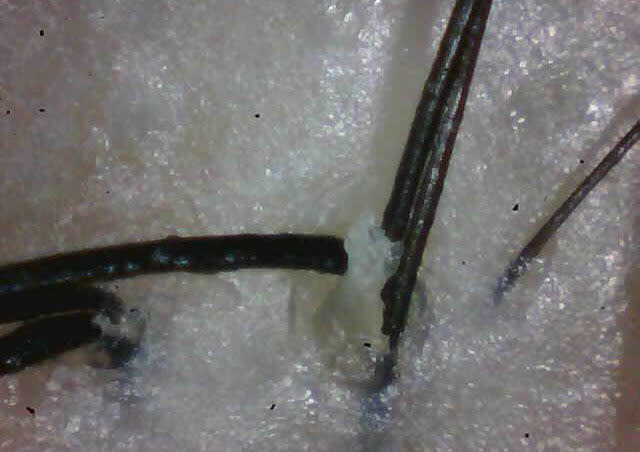
Scalp scan of an oily scalp by 99 Percent Hair Studio
As a reference, this is how healthy scalp should look like:
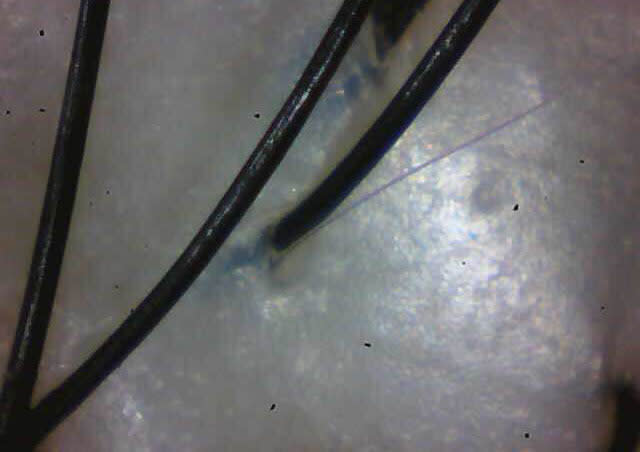
Scalp scan of healthy scalp by 99 Percent Hair Studio
Once again oily scalps are common, especially in Singapore. However, it is best to get it treated as excessive buildup of grease can impair hair growth and lead to hair loss.
Oily greasy hair also weighs down on your hair, making your crown look unnaturally flat.
What you can do about it:
1) Change your shampoo
The focus is to find shampoos that help you clarify your scalp without stripping too much of your natural oils. If the shampoo is too harsh, the scalp may become even more oily as it tries to compensate for the dryness. Typical over-the-counter oily shampoos tend to be a little too harsh so we would recommend that you ask your stylist for advice!
2) Exfoliate your scalp
Massage your scalp thoroughly when shampooing! Consider going for a scalp treatment on a regular basis to clear up all the gunk that is built up!

Amount of Dead Skin Cells after Exfoliating Scalp Treatment at 99 Percent Hair Studio
We’re especially impressed with the 30 minute exfoliation process at 99 Percent Hair Studio as we can literally see the amount of dead skin that are being exfoliated!
3) Don’t apply hair products too close to your scalp
Whether it is conditioner or hair definer, apply your products after the ear to prevent the products from coming into contact with your scalp! The products can clog your scalp pores, causing oil to build up more easily!
If you’ve tried all that and your scalp is still as oily as ever, please do consult a dermatologist for advice!
2. Dry, ageing and itching scalp
The scalp contains hair roots, sebaceous glands, nerves and blood vessels. These provide fluid exchange, sensual perception and temperature regulation. If there is insufficient secretion of sebum to create the protective hydrolipid film due to impairment of the above processes, dry and itching scalp may result.
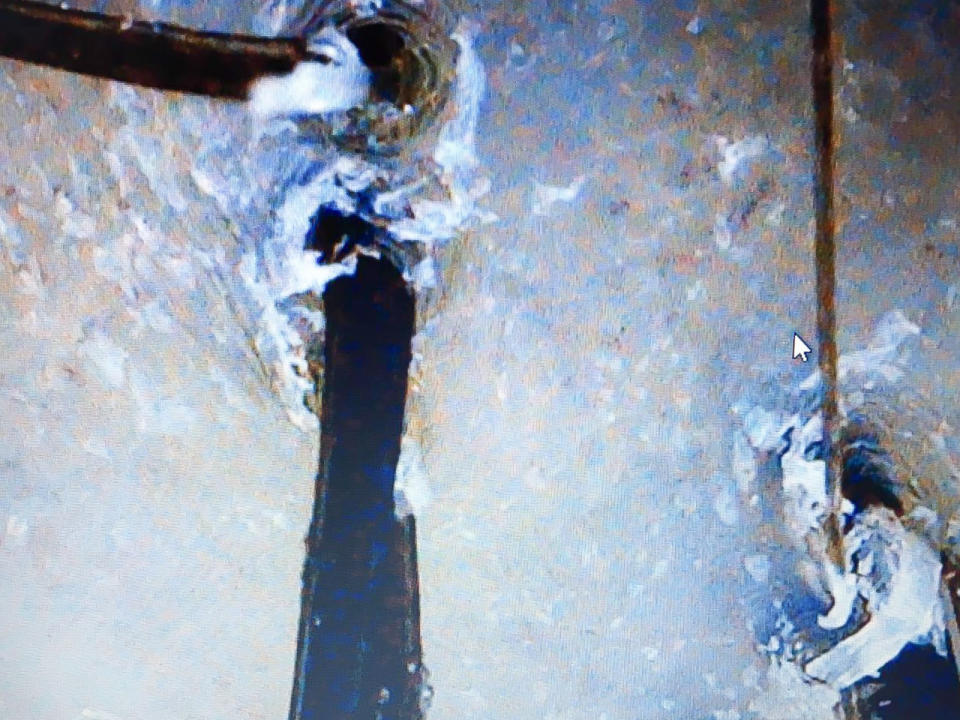
Credits: Dry ageing scalp of a customer from Salon Vim.
Can you see the wrinkles and the flakes due to an excessively dry scalp?
There are many possible factors causing dry itching scalp - harsh shampoos, age, sunburn and physical and emotional stress.
Although this condition is common, it is important to deal with the itch as the itching may develop into sensitive scalp and even dandruff and thinning hair later on!
Your scalp will also age faster, causing more wrinkles to form on your scalp!
Therefore, the first few things to try are:
1) Change to a gentler shampoo
Many over-the-counter shampoos are so harsh, they strip off your natural oils that protect the scalp, allowing harmful substances to irritate the scalp easily.
Try to find one that is sulfate free and alcohol free from your salon. If possible, the shampoo should contain soothing plant ingredients such as rosemary, aloe and other similar plant ingredients to soothe the scalp!
2) Moisturize your scalp
To help the scalp regain its natural processes, it is important to do regular scalp massages and apply the right products to protect it. Going for an in-salon treatment on a regular basis also improves blood circulation on the scalp and give it the necessary nutrients.
A possible treatment to deal with dry and aging scalp is the Collagen Scalp Treatment from Salon Vim. We liked the treatment because they are able to customize their treatment gel according to whether it is Aging, Dry or Oily.
The Anti-Aging treatment gel contains Tangerine, Passionfruit and Water soluble collagen to help erase fine lines and wrinkles on your scalp and eliminate skin damage whereas the gel that helps alleviate dry scalp contains licorice, angelica hydrolyzed yeast to minimize dryness in scalp and provide elasticity.
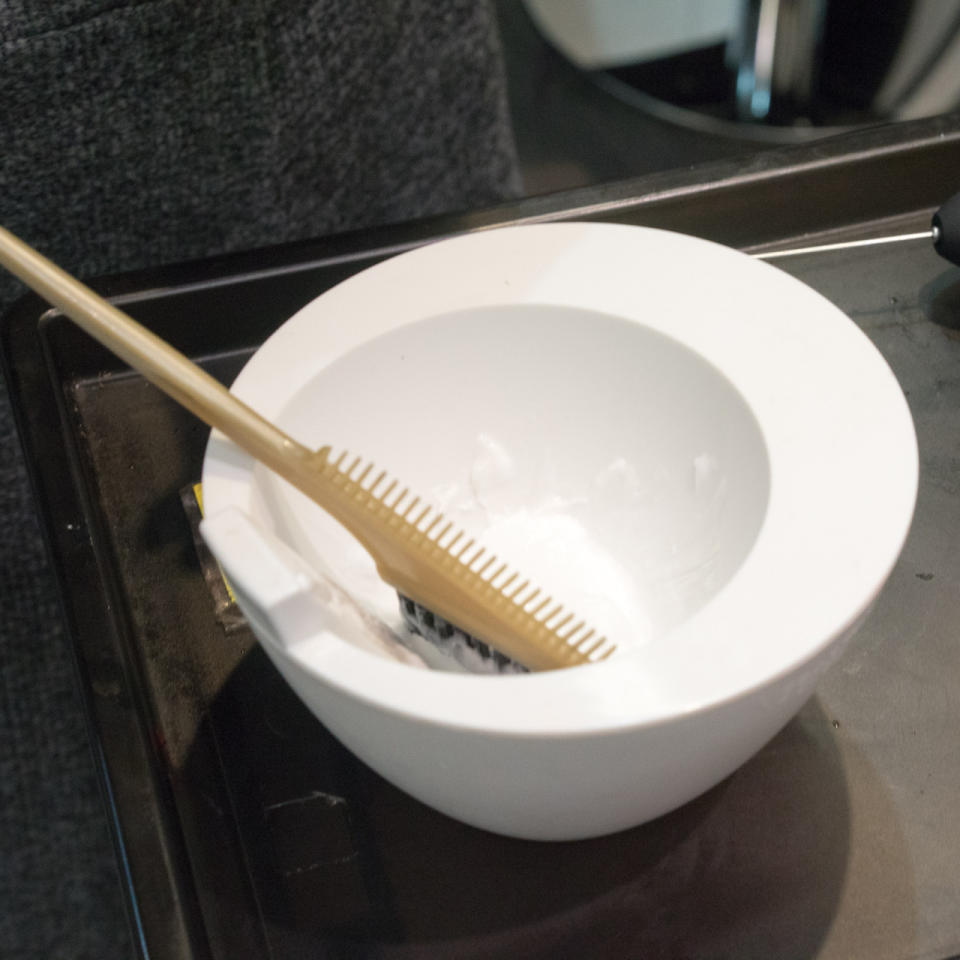
Marine Hydrolyzed Collagen at Salon Vim
All three types of treatment gel are infused with Marine Hydrolyzed Collagen, a type of collagen that is especially effective in penetrating the scalp and providing it with moisture, making your scalp more moist and less dry!
3) Use a scalp serum
Just like how your face requires a moisturizer to replenish any lost moisture and nutrients, a scalp serum after your shampoo is also useful to help you moisturize your scalp and get rid of the scalp dryness!
If these tips don’t work, go for a dermatologist who may be able to help you come up with a treatment plan to combat the dryness and the itch!
3. Flaking and Dandruff
Did you know that up to 50 percent of the population experiences dandruff?

Dandruff occurs when your scalp’s cell renewal process shortens, leading to the rapid shedding of your scalp’s horny skin cells, which stick together to form visible flakes.
There are however two types of dandruff:
1) Dry Dandruff: White flakes that form on your scalp and fall from your head! This is often a cause of dry and itching scalp.
2) Greasy Dandruff (seborrhoeic dermatitis): Oily and yellow scales or flakes that stick onto your hair and head. Greasy dandruff is most associated with oily scalp and is often triggered by Malassezia, a microorganism that thrives on oils produced by your scalp and irritates it!
As this is often a bacterial infection, you may need to get a shampoo with ketaconazole or selenium sulfide to kill the bacteria and relieve the itch and flaking!
Once your scalp condition has progressed to having dandruff, your body is telling you that the scalp is getting worse! Therefore do something about it to deal with the underlying issue before it progresses to the next stage: thinning hair!
Note that excessive dandruff can also be a sign of more serious conditions such as Pityraisis Amiantacea, Seborroeic Dermatitis or Psoriasis that require special care by your dermatologist.

4. Reddish Painful Scalp
The three common causes for reddish scalp are sun damage, allergy and irritation. Excessive exposure to the sun, harsh hair products such as bleach, hair colour, minoxidil, hair products containing propylene glycol can cause your scalp to turn red or produce allergic reactions.
The 2 things you should do to alleviate the issue is to:
1) Cut out harsh hair products from your daily routine
Check the ingredients of your hair products to make sure that they do not contain much irritants and consider using organic brands such as O'Right or O'way as they tend to minimize use of irritants in their hair products!
When going for a hair colour, choose less toxic chemicals such as Redken Chromatics Hair Colour, L'Oreal INOA Hair Colour or Original & Minerals Hair Colour to minimize any possible sensitivity of the scalp.
2) Search for a salon treatment that provides your scalp with a protective layer
Other than exfoliation of dead skin, salon treatments can be useful in enacting a protective layer over your scalp. With this protective layer, your skin isn’t that vulnerable to harsh substances, making it less likely to become reddish! You may however have to go for regular treatments before the skin’s natural protective barrier is restored.
Salon Vim’s Collagen Scalp Treatment is one such treatment. It contains Fullerene, a Nobel Prize-winning compound that helps recover the natural skin barrier (on top of easing inflammation and controlling sebum).
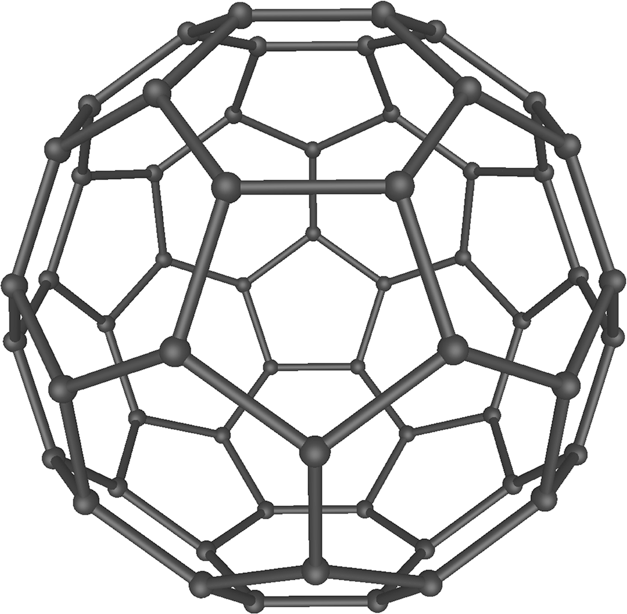
Nobel Prize Winning Compound: Fullerene
3) Use scalp sunscreens and serums
Your scalp is actually also part of your skin and requires protection from the sun and other harmful substances.
After you’ve properly shampooed and massaged your hair to exfoliate your dead skin cells on a daily basis, it is always wise to follow up with a sunscreen to create a protective layer against the sun.
There are many brands out there but a recommended one is the Redken Solar Sunscreen that is great for the scalp!

If the above two actions do not help, seek treatment from a dermatologist as reddish scalp can be a sign of something serious:
1) Seborrheic dermatitis
This is an inflammatory scalp condition where red, itchy and flaky skin as well as yellow, white or grey scales are observed. This tends to be more greasy.
2) Psoriasis
Psoriasis is complex immune-based disease which can affect the skin, nails and joints. Patients have scalp redness, scaling, and flaking. You are more likely to get Scalp Psoriasis if you have psoriasis somewhere else on your body.
3) Infection
Bacterial, viral and fungal infections may cause redness in the scalp. Bacteria, such as staphylococci, may cause scalp infections. Bacteria may also contribute to infection of the hair follicle, which is a condition called “bacterial folliculitis.” A variety of viral infections cause scalp redness. Chicken pox and shingles are two such examples. Scalp ringworm or “tinea capitis” refers to infection of the scalp by certain types of fungi. Scalp redness and scaling may be seen in these cases.
4) Cancers
A variety of skin pre cancers and cancers, including non melanoma skin cancers, can also cause redness in localized areas of the scalp. Therefore, it is best to get it looked at if you find that the redness is persistent!
5. Hair Loss
It is not easy dealing with scalp conditions once they have deteriorated to this stage. Oily scalp built up over many years can block hair follicles from growing. Even if you deal with the issue immediately, it will take time before hair will grow naturally.
Therefore, it is best to deal with the problem once you see signs of it!
While some of the above conditions may cause hair loss, we also note that hormonal changes, genetics and sudden infections may also play a part. An example is Alopecia Areata which is spot baldness. It usually happens when the scalp tissue is treated like an invader and the body is unable to recognize the body cells. As your own cells cluster around the hair follicle and suppress hair growth, small patches of hair loss is resulted.
In such cases, we would highly recommend you to go get your dermatologist to take a look at it to see what can be done to stop the advance of the problem!
Have you suffered from any the above scalp issues before?
Share with us your experiences below!
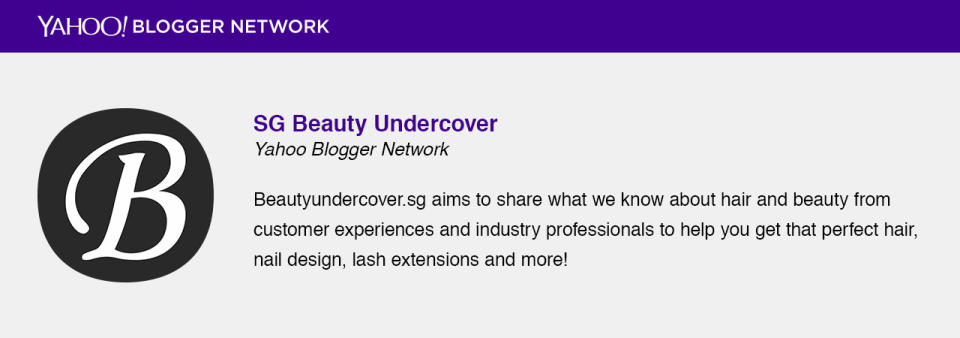
Visit www.beautyundercover.sg for more hair tips!

